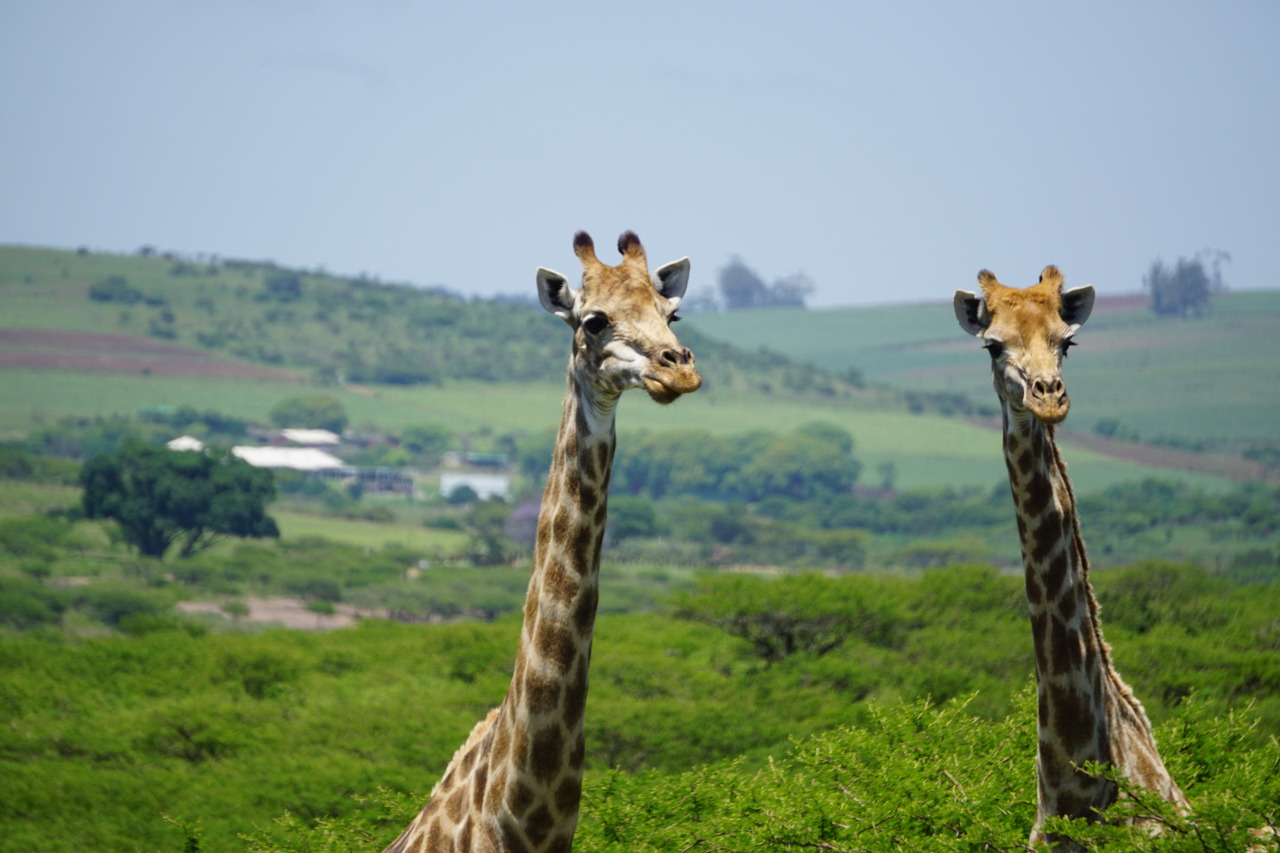It’s no surprise that an African safari is on so many people’s bucket lists. Safaris offer up-close-and-personal encounters with incredible wildlife, the opportunity to meet fascinating local people, and a chance to experience landscapes and cultures that are completely foreign to us. When you’re getting ready to plan this once-in-a-lifetime adventure, it’s very easy to get overwhelmed by all the choices. There are so many incredible places to safari, which means there’s no easy answer to “Where’s the best place to go on safari?”. But there is an easy place to start. Answering the four questions below is the first step to figuring out the best place for you to go on an African Safari.
Wildlife Wishlist
The first step is figuring out which animals you’re most excited to see.
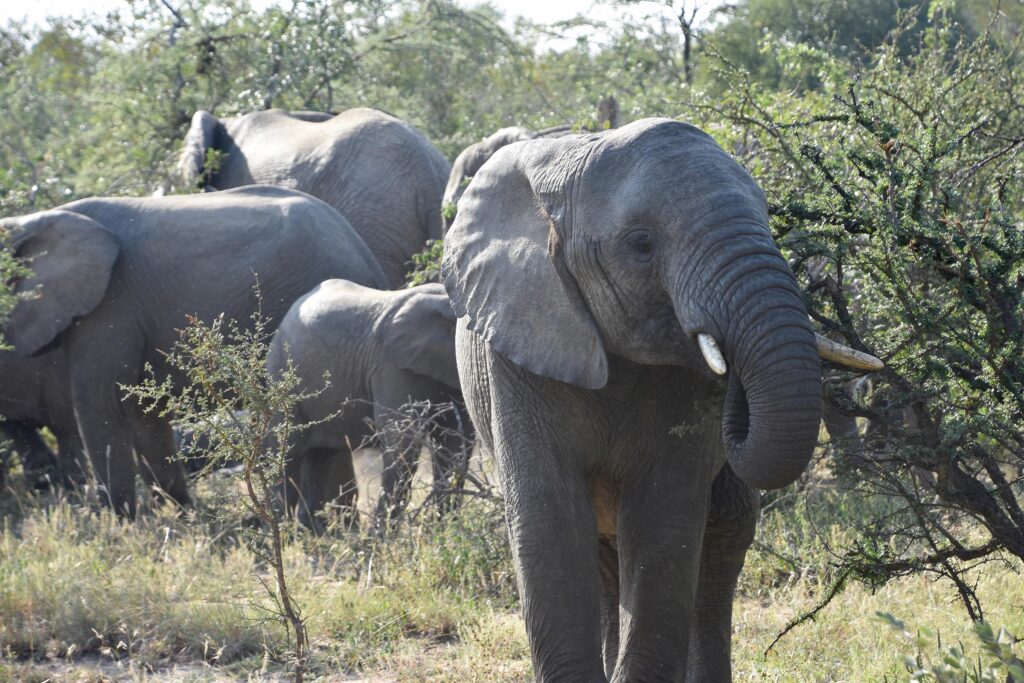
The detailed patterns of zebras and giraffes, the wild horns of different antelopes, the wrinkled skin of the rhino, the lumbering sway of elephants, or the big padded paws of a lion will be a part of almost any safari you choose. That’s certainly part of the thrill.
[Photo Credit: Ann via Shared Adventures Travel — read about her South African Safari here]
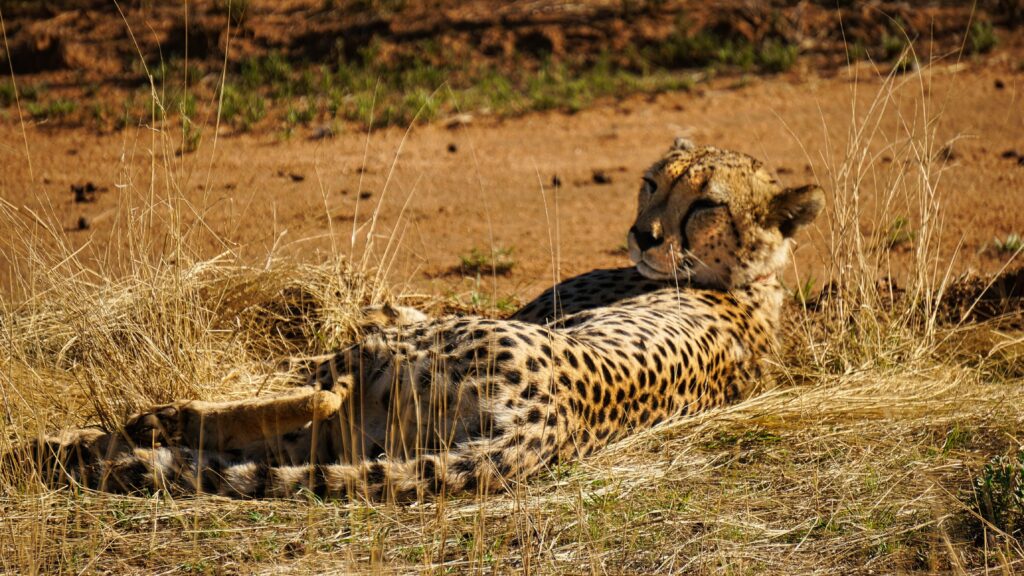
However, the more unique animals are only in particular reserves or particular countries. For example, you have a higher chance of seeing hippos and crocodiles in the rivers of Tanzania or The Okavango Delta in Botswana. Your best chances of seeing a cheetah are in Kenya or Namibia. (where you can even take a walking safari to track them!)
[Cheetah in Namibia, Photo Credit: Sean Robertson via Unsplash]
We recommend checking out this comprehensive list of African animals. Decide which ones you’d like to see in person. Rank them in order of most important. Note if a specific type of experience with the animals is important to you. Do you want to be able to feed giraffes in Kenya? Or do you want to watch a whole herd of elephants drinking from a pool right in front of your lodge? Knowing which animals are at the top of your must-see list will help decide which reserve gives you the best chance.
Type of Safari (and Budget)
The second step is deciding which type of safari you’re interested in taking and what your budget allows.
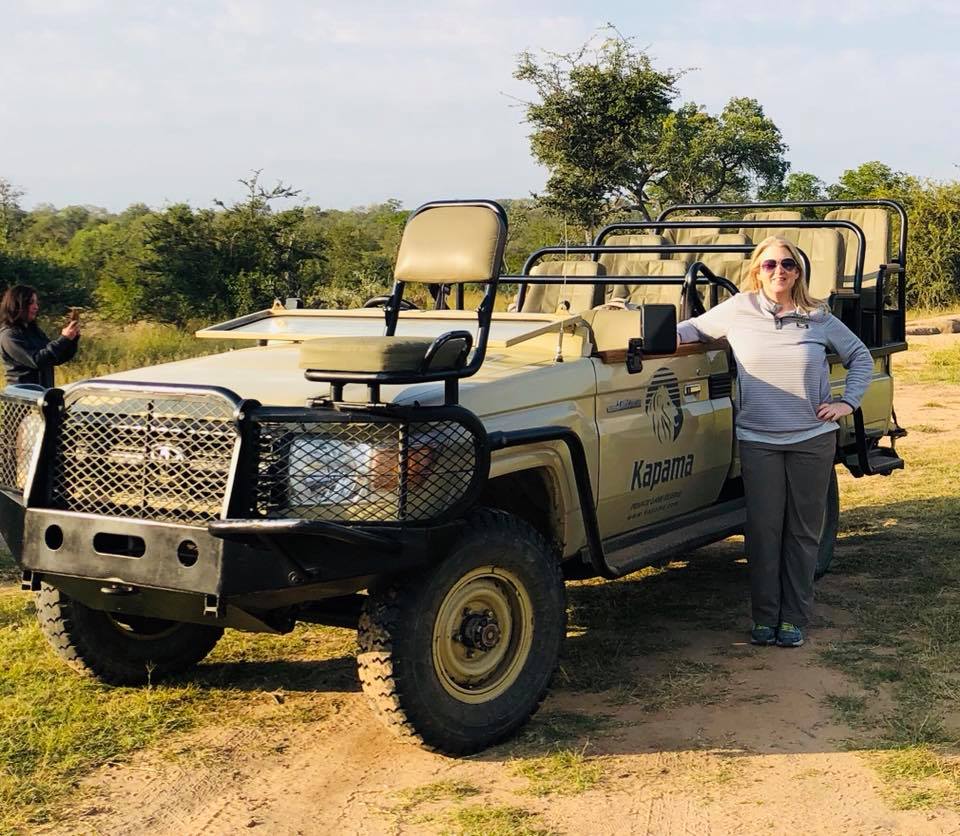
When you first think “African Safari” a classic game drive in a 4×4 jeep is likely what springs to mind. But there are actually many different types of safari available. Almost all the parks offer a traditional game drive, but some excel in other kinds of safari!
[Photo Credit: Ann via Shared Adventures Travel — read about her South African Safari here]
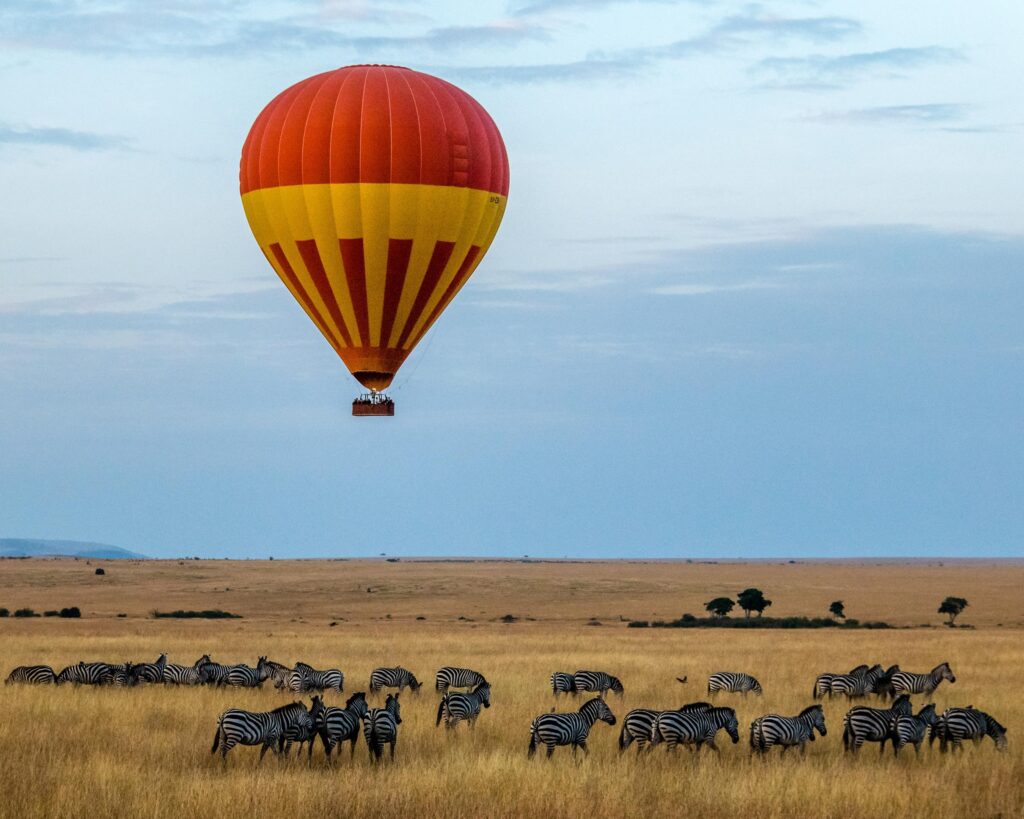
You can take a walking safari with a knowledgeable guide or canoe down a river. Try unique experiences like horseback riding alongside the animals, or taking a hot-air balloon over the Serengeti. It will make you feel like you’re in a David Attenborough film!
[ Hot Air Ballooning in Tanzania, Photo Credit: Sutirta Budiman via Unsplash]
Even the traditional game drives come with options. You can choose a more economic group tour with other vacationers from the camp. Or opt for the freedom and customization of a private guide and vehicle. If you’re taking the kids, we recommend heading to a more established safari locale with kids programs. Consider a short 1-2 day private tour with a flexible schedule. Then you can adapt it to fit the children’s ages and interests. Couples might enjoy more secluded locations, under-the-stars romance, and ultra-unique experiences. A big group of friends should consider visiting several different parks throughout the vacation to capitalize on variety for everyone.
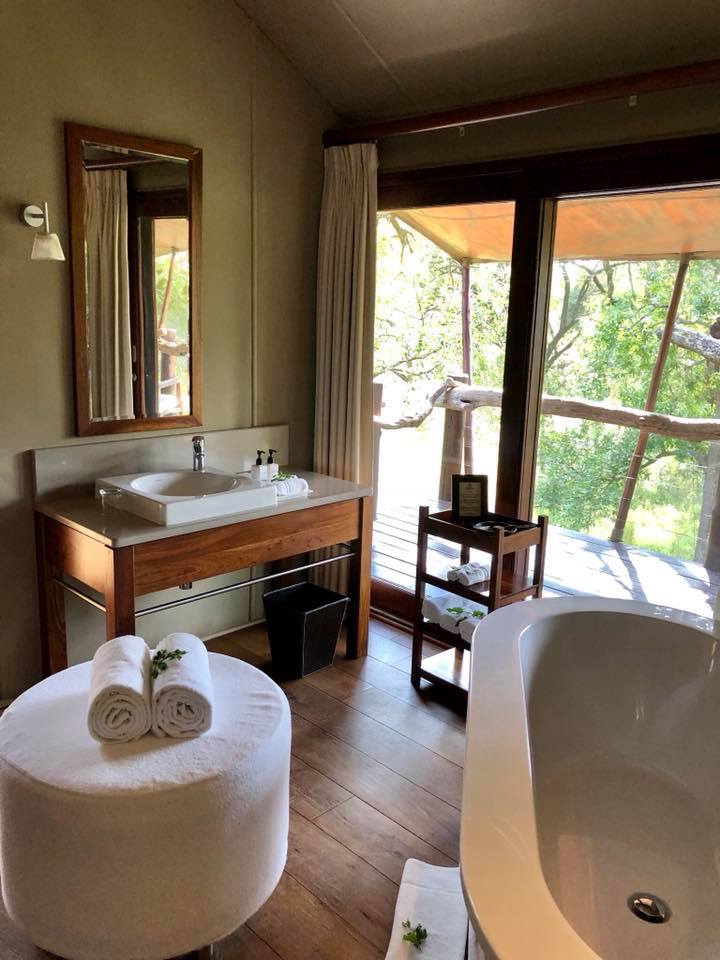
The type of safari will also depend on your accommodations. Consider the level of luxury you’d like to experience. With tented lodges, mobile camps, and five-star luxury lodges, you have a lot to choose from. It all depends on how much you’d like to spend per person, per day.
[Photo Credit: Ann via Shared Adventures Travel — read about her South African Safari here]
Other Activities
Different countries have different experiences available aside from the safaris! Which could factor into the final decision of where you want to go.
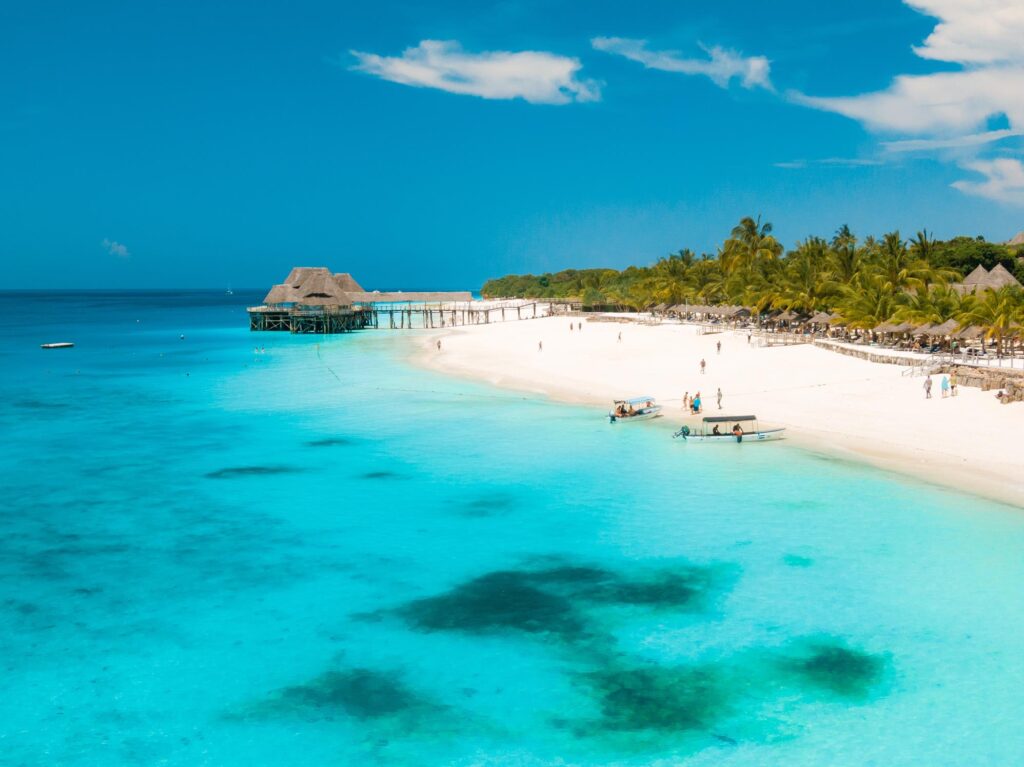
To maximize your trip to this beautiful continent, it’s worth seeing a few things outside the reserves. You could combine a safari with the stunning beaches of Zanzibar or delicious wine tastings in Cape Town. Head to Nairobi for exciting nightlife or marvel at the dramatic dunes and shipwrecks along the Namibian coast. Consider if you want to see the beautiful Victoria Falls, climb Mt. Kilimanjaro, visit a local tribal village or ancient rock paintings.
[Beaches of Zanzibar, Photo Credit: Humphrey Muleba via Unsplash]
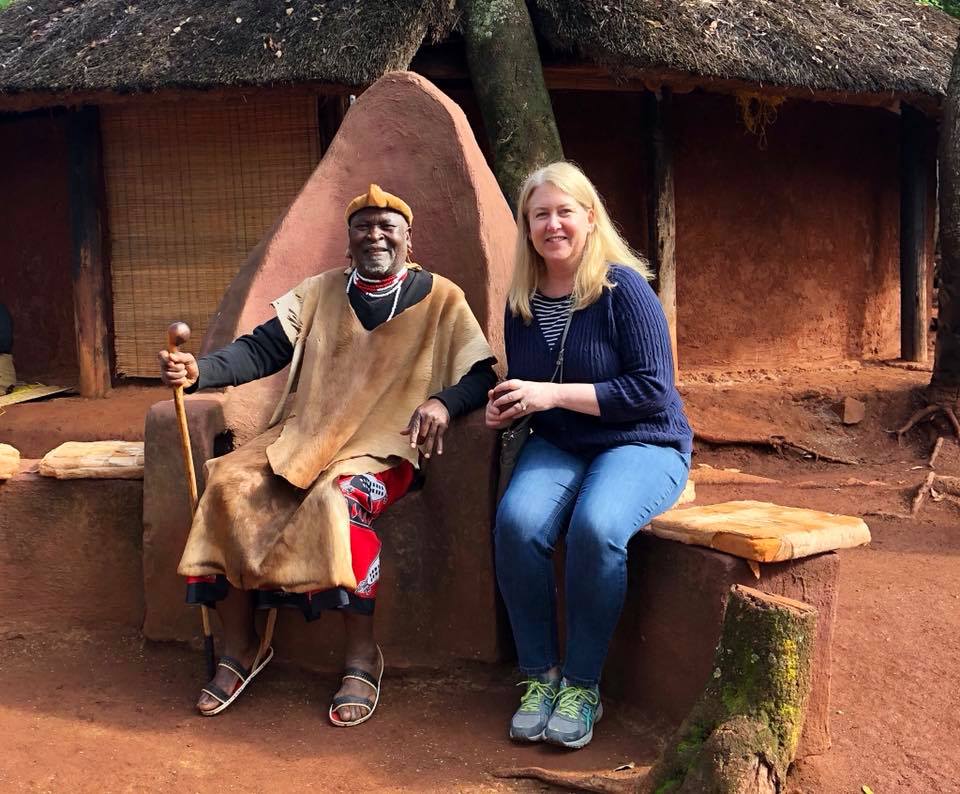
You don’t have to find the specific activity immediately. For now, quickly jot down (next to your list of animals) what kinds of things you’d enjoy doing in addition to the safari. Whether it’s city breaks, landscapes, or cultural enrichment.
[Photo Credit: Ann via Shared Adventures Travel — read about her South African Safari here]
Ideal Time-frame
Most safaris are available all year round. However, what you’ll see and how comfortable you’ll be will change with the seasons. If you have a specific time frame in which you need to take the vacation then this should be your first question. If you’re free to go any time of the year then you have the choice between dry season, green season, or the shoulder seasons in between. And you can time your visit to coincide with things like the Great Migration in Kenya and Tanzania if that is high on your bucket list.
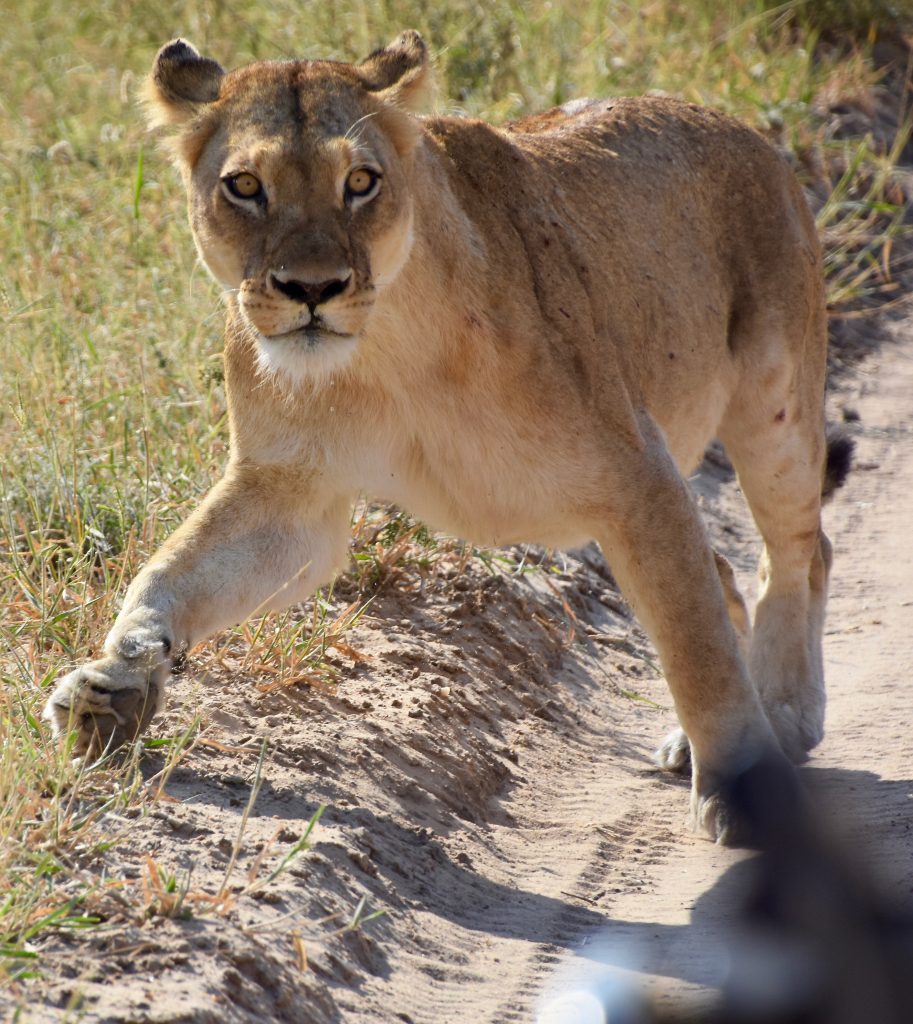
The dry season offers the best game-viewing overall. The animals are easier to spot because there is not so much bush and they tend to gather around the main water source. You’ll have fewer insects and cooler temperatures since the dry season is usually in winter. The dry season is also the busiest time of year and you’ll likely be sharing camps and game drives with more people.
[Photo Credit: Ann via Shared Adventures Travel — read about her South African Safari here]
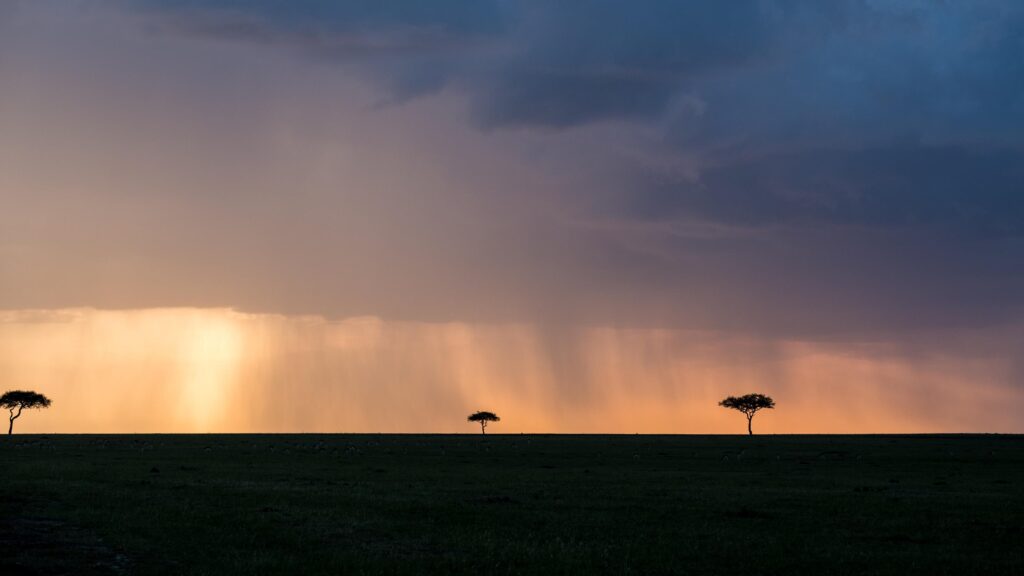
The green (or wet) season offers striking skies and golden lighting making it a photographer’s dream. This season does come with a few more logistical challenges. Due to the rains, the grasses are taller and the animals are more spread out meaning you might not see as many in a day. But this is also when many of the animals have their young, so you have a greater chance of seeing babies. The green season is also the low season so you’ll avoid the crowds and prices will be lower.
[Rain in Kenya, Photo Credit: Javi Lorbado via Unsplash
East Africa’s green season is November to May. Southern Africa has heavier rains between December and March.
The shoulder seasons offer a mixed bag. Sunny clear skies and unexpected rains, deep green bush mixed with drier spots. Generally speaking, the end of the green season is extremely comfortable with milder temperatures. While the end of the dry season can experience high heat and dusty conditions, you also have some of the highest chances of spotting lots of wildlife.
Once you know the answers to these questions you’re ready to start planning! Using a travel agent like Shared Adventures Travel to help you plan means that most of your work is now done! We can ensure you’re booked with an accredited, dependable local tour operator and that your custom-made adventure is everything you dreamed of. Let us know if you’re ready to discover which safari is the right choice for you!
